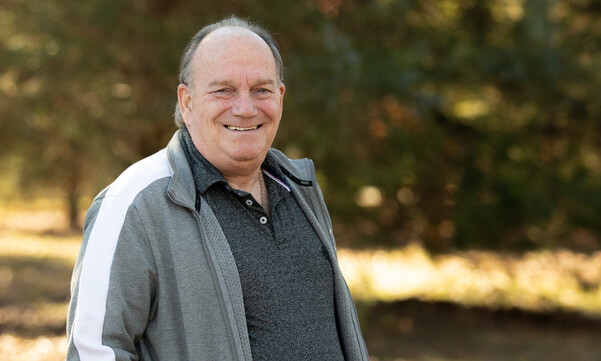If daily life leaves you breathless, you may just lead an unusually exciting existence. But if you’re a current or former smoker age 50 or older, there could be another explanation: chronic obstructive pulmonary disease, or COPD.
What Is COPD?
COPD refers to two related lung diseases: chronic bronchitis and emphysema. In chronic bronchitis, the bronchi -- the airway tubes leading into the lungs -- become inflamed and irritated. In emphysema, large swaths of alveoli -- the balloon-like air sacs within the lungs that allow the transfer of oxygen into the bloodstream -- are destroyed. “It’s rare to have one form of COPD without the other,” said Duke pulmonologist Lingye Chen, MD. “Most people with COPD have some combination of the two.”
Smoking is the Number One Cause of COPD
While COPD can be caused or aggravated by environmental pollutants, most cases in the United States are the result of smoking tobacco.
“About a third of smokers develop significant COPD, another third get a mild version, and a third don’t have it at all,” said Dr. Chen. “Obviously, the more you smoke, the more likely you are to develop COPD. But there is a genetic component that determines your susceptibility to the disease that researchers are still trying to tease out.”
Ironically, said Dr. Chen, even though the number of American adults who smoke has declined in recent years, the death rates for COPD are still on the rise. “For people who took up smoking in the 1950s and 1960s, the damage is done.” Importantly, however, if you stop smoking, while existing lung damage may not reverse, future lung damage can be prevented.
The lung loses function over time as a normal part of aging. Most of us don’t lose enough to cause serious damage, but if you’ve damaged lung tissue in your 30s and 40s, you can start developing symptoms of COPD in the decades that follow.
Diagnosing COPD
COPD is a leading cause of death and disability in the U.S. and affects somewhere between 10 million and 25 million Americans -- many more than the number of people with lung cancer. It can be easily diagnosed with an X-ray and a pulmonary function test. Yet awareness of the disease is low -- in part, perhaps, because it comes on gradually.
“COPD doesn’t hit you over the head,” said Dr. Chen. “First you notice you’re out of breath when you get to the top of stairs. Then you get winded halfway up the stairs. Then, after a while, you can’t even walk around the room without feeling short of breath. The progress of the disease is slow and insidious, unfolding over several years or even decades.” Other symptoms include frequent coughing and wheezing.
Left untreated, COPD continues to damage the lungs -- sometimes to the point that a case of pneumonia or even a chest cold can be fatal. “But even though the disease is progressive and irreversible, it doesn’t have to become so severe,” she pointed out. “The sooner you address COPD, the more you can improve your quality of life.”
If You Smoke, Quit
Quitting smoking is the most effective way to stop the progression of COPD. Yet, surprisingly, many smokers who are diagnosed with COPD don’t stop smoking even after they find out they have the disease.
“COPD is not a dramatic near-death experience like a heart attack, which can be a very effective stimulus to quit smoking,” said Dr. Chen. “But COPD does get worse and worse, and more and more debilitating, if you don’t quit. The best way to get out of a hole is to stop digging.”
Other Ways to Manage COPD
In addition to smoking cessation, inhalers can help with symptoms of COPD. In the most severe cases, supplemental oxygen is required.
One of the most important keys to living better with COPD, said Dr. Chen, is a good pulmonary rehabilitation program. “When people get breathless, they don’t exercise,” she pointed out. “Then their lungs get deconditioned and it becomes a vicious cycle. So rehabilitation is an essential component of a comprehensive, effective approach to COPD.”
By combining bronchodilators, oxygen supplementation, and reconditioning, it’s possible to enhance lung function, minimize flare-ups that require hospitalization, and improve quality of life. For people who continue to suffer despite inhalers, oxygen, and rehabilitation, surgery may be an option. Lung volume reduction surgery (LVRS) or endobronchial valve surgery can treat certain types of emphysema to improve lung function. Lung transplantation may be an option for younger, non-smoking patients.





